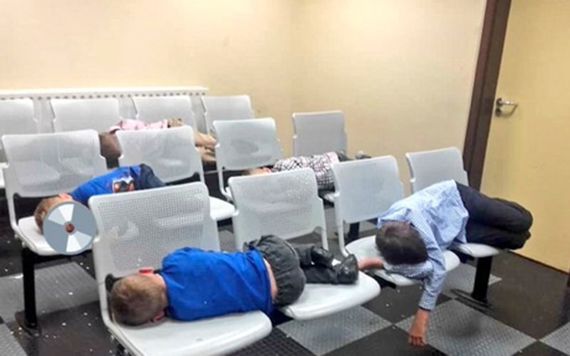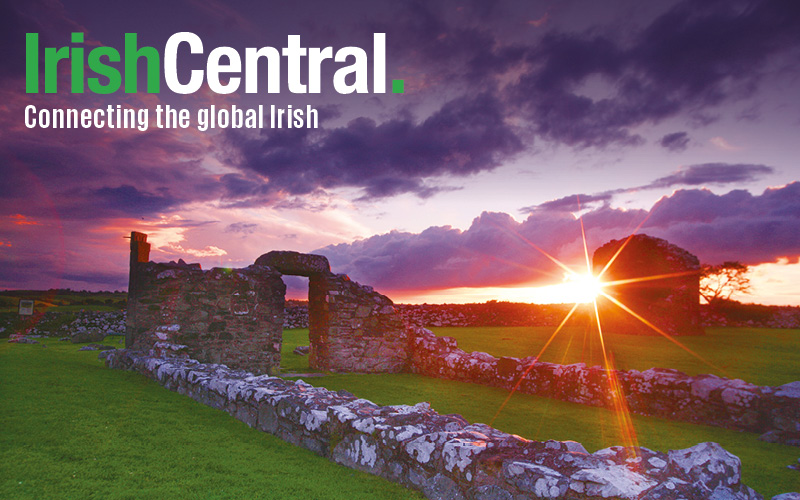The figures of the number of Irish returning home from America are startling; 7,300 US Irish returned home in 2017, a figure over double the previous year
The Central Statistics Office based in Dublin has just released figures showing the decline.
The figures also show that for the first time since 2009 those Irish from all over the Diaspora returning home outnumber those who left in 2017.
It is not hard to speculate who the returning Irish from America were:. America has become a cold house for immigrants. The melting pot has become a freezer.
Many were likely undocumented fleeing the harsh Trump immigration regime. There is simply no hope of an immigration reform bill in these nativist times leaving undocumented with a harsh choice.
It is likely, too, there were many Irish who found living in Trump’s America was not to their liking and acted accordingly. Many, too, were likely attracted by the recovering Irish economy.
Meanwhile, the number of Irish coming legally to America has dropped.
Read more: After 250 years the last of the Irish-born have come to US
In year to April 2018 more Irish nationals returned to Ireland than left for the first time in 9 years. But Irish national net migration (immigration-emigration) was -136,000 from 2009-18. pic.twitter.com/dWAe3TrCEw
— John O'Brien (@jlpobrien) August 28, 2018
Under 2,000 Irish became green card holders in 2017. Latest numbers show about 140,000 Irish-born living in the US down from 250,000 in 1980. It is an inevitable descending graph which will see Irish-born become ever more rare as the decades pass. unless an unlikely occurrence such as an immigration bill that allows more into the country.
In terms of outward flow only, Canada showed an increase in Irish emigration. The Australian surge seems to have ended while migration to the UK was down, in part because of Brexit. In short many young Irish are staying home.
It is a powerful testament to the end of the recession that collapsed the Celtic Tiger and almost bankrupted the country.
Read more: Is Irish America fading away? New data from Chicago Irish community
For the first time since 2009, there are more Irish emigrants returning to Ireland than leaving. Last year, we had net inward migration of 34,000. https://t.co/GxDoWYtfKL
— Daniel Mulhall (@DanMulhall) August 28, 2018
The Irish recovery has been little short of astonishing, surely the government will learn from its Celtic Tiger mistakes and not let corruption and inane economic policy which resulted in huge bubbles in the housing market happen again.
Or will they?
Despite the amazing economic U-turn, there are already prophets of gloom. The Economist, no less, warned last week that Dublin house prices were 25 percent more expensive than they should be, a cautionary story given the bubble last time. The pressure on housing will only increase as more emigrants return and fewer leave the country.
The media in Ireland has been chock-a-block with stories about the desperate need for social housing to help those at the bottom of the scale. The story of a mother who brought her six kids to sleep overnight in a police station because of no suitable accommodation won international headlines.

The children, aged from 11-years-old to one-year-old, presented at Tallaght garda station as they had nowhere to go. Photo Anthony Flynn/RollingNews
Like with the Health Service, the Housing ministry seems overwhelmed and unable to cope with the housing shortage. It is a familiar tale with rip-off landlords charging exorbitant prices and now a new flood of returning emigrants about to enter the market.
The Irish Times summarizes the new figures thus: “Overall, the CSO figures show 90,300 people of all nationalities moved to the State in the 12-month period, up 6.7 percent from 84,600 the previous year, while the numbers emigrating fell 13.1 percent from 64,800 to 56,300.
Read more: Families sleeping in Irish police stations - a homeless crisis wake up call
This resulted in a net inward migration of 34,000, the highest level since 2008.”
The Times also pointed out that the population figure for the Irish Republic is now 4.8 million, the highest since the Famine and edging towards 5 million within a few years while twelve percent of the population are non-nationals making Ireland a far more racially diverse state than it has ever been.




Comments